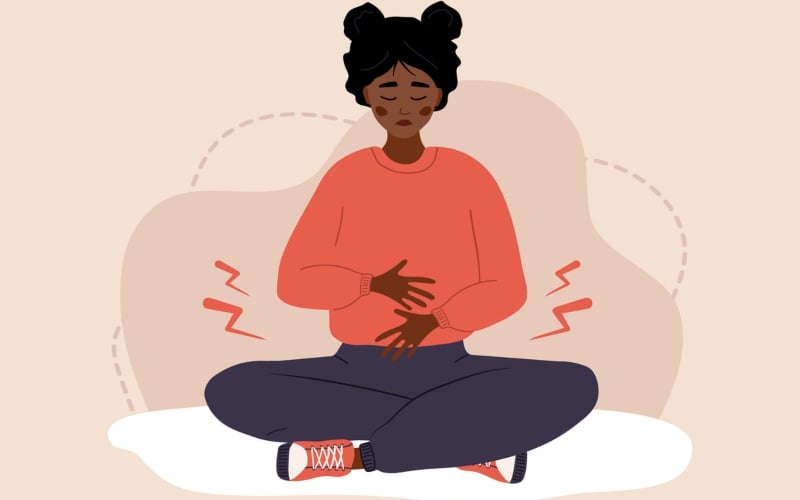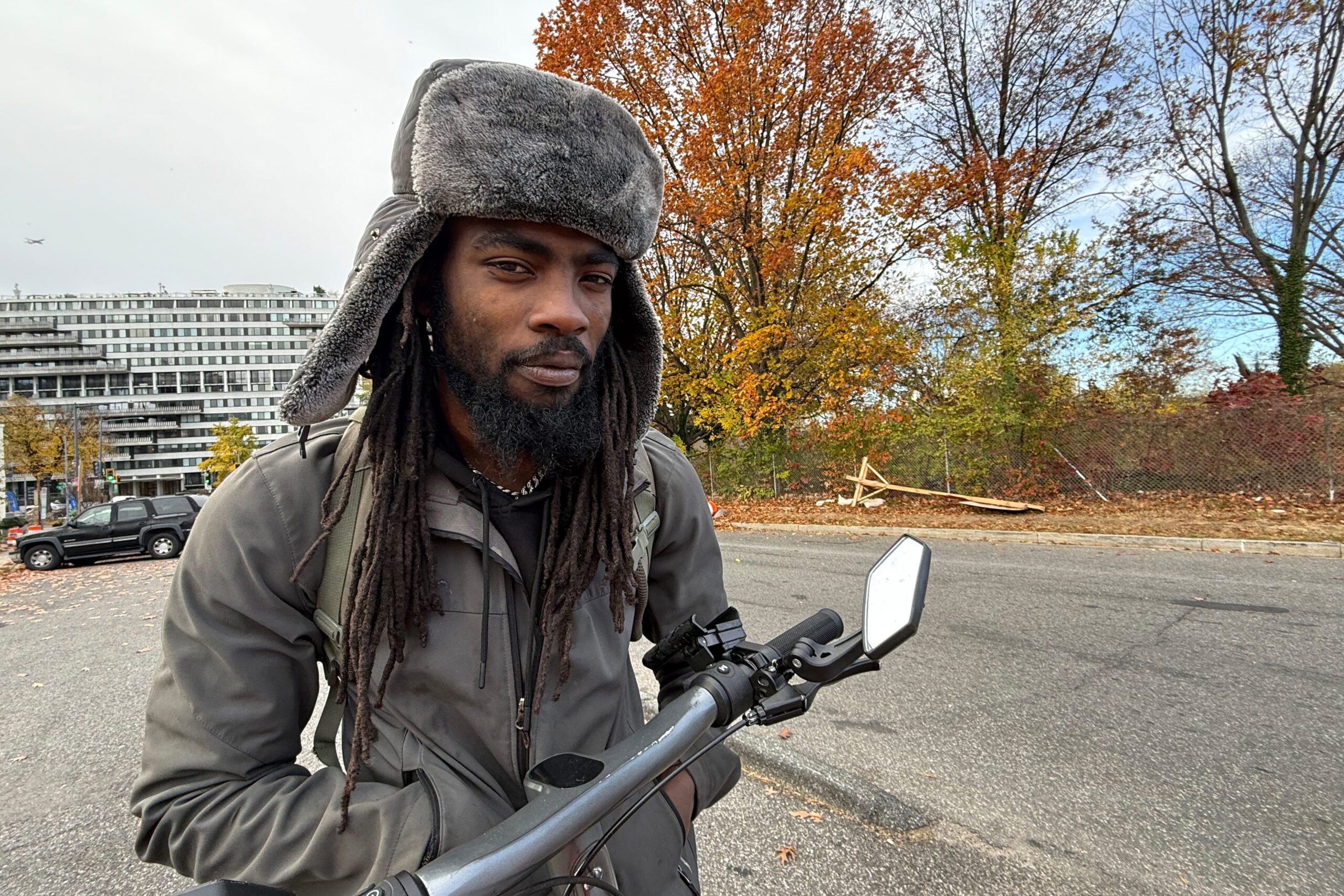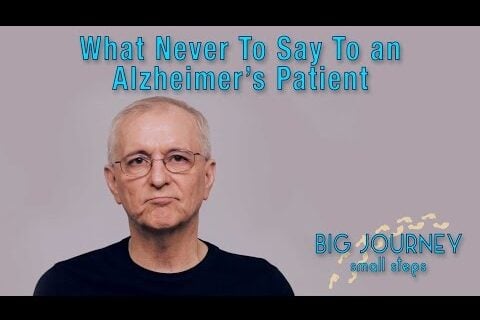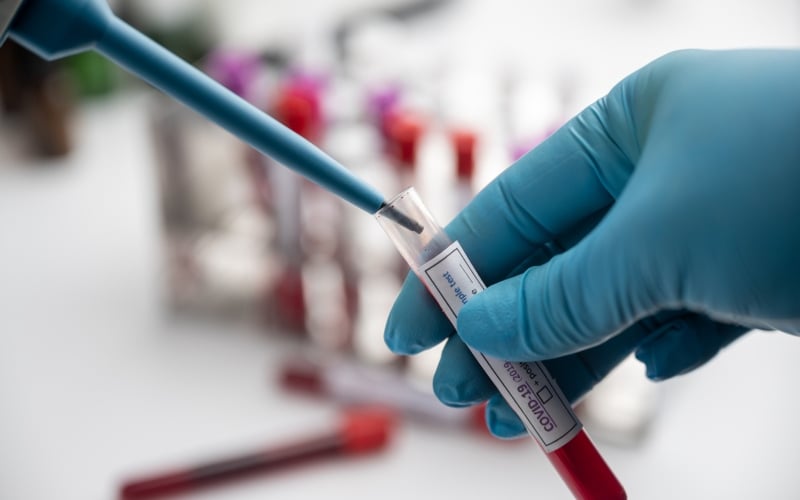BY JACK LEAHY
“Keep twisting! Wring out all those toxins!”
“Now lie back and feel the stale blood drain out of your legs.”
“Relax and feel small to moderate improvements in back-related function at three and six months.”
Two of those quotations are biologically impossible instructions I have received in yoga classes; the other is based on a recent Cochrane review. Whilst I feel there is often too much ‘woo’ around yoga practice, I enjoy the classes and there is a growing evidence base for the benefits of yoga. It won’t wring toxins from your body (your liver and kidneys will do that), but let’s take a look at some of the evidence on yoga for chronic non-specific low back pain (or general back ache to most people).
What does the evidence say about yoga and back pain?
Low back pain
The Cochrane Review Yoga for chronic non-specific low back pain finds in November 2022 that yoga probably improves back pain at three months compared to no exercise but that the improvement may not be enough to be meaningful. It’s unclear whether there is any difference between yoga and other exercise in terms of pain and quality of life.
There is evidence that yoga may increase the risk of back pain compared to no exercise, but there may be little or no difference in risk between yoga and other types of exercise. To me, this is common sense, when you undertake any form of exercise, you increase your risk of injury!
Back function
The review authors also looked at whether yoga was beneficial for back function. That is to say, how yoga improved the activity-limiting aspects of low back pain. People taking part in the studies were asked to complete the Roland-Morris Disability Questionnaire to assess this. Did yoga help patients walk faster? Did it improve sleep quality? Did it help people putting on their socks in the morning? This last question really highlights how debilitating low back pain can be. Getting dressed in the morning can become a long struggle.
They found that, compared to no exercise, yoga may result in a small but clinically unimportant improvement in back function at three months.
Comparing yoga to other forms of exercise, there is new evidence in the 2022 update of the review and the authors are now more confident in their findings. They conclude that “there is probably little or no difference between yoga and other back‐related exercise for back‐related function at three months.”
How reliable is the evidence?
The reason for the uncertainty in the results on back pain and function (all those mays and unclears) is that the studies the review authors looked at were poorly designed. Most of the studies were not blinded. That is to say both the participants (yogis) and the practitioners (yoga teachers) were aware who was practising yoga and who was not. This is pretty obvious, I think anyone who has been mid way through Camel pose (Ustrasana) is fully aware they are doing it. This leaves room for an unconscious bias when the participants report on their back pain and function (and all outcomes were self-reported).
The review authors call for more, better-designed trials comparing yoga to no exercise to improve the reliability of the effects of yoga. They also call for trials that investigate other important outcomes such as depression and quality of life.
What is my experience?
I’ve not been diagnosed with chronic low back pain, but after sitting at a desk all day, my shoulders and back feel stiff and are sometimes painful. After a yoga class, I feel better. What I take from the Cochrane review is that exercise may be good for chronic low back pain. Yoga is a form of exercise and may improve your back pain. But it is not clear that yoga is better than other forms of exercise.
I practise yoga because it is the only form of exercise that I have stuck with for any length of time. I have 3 pairs of swimming goggles and a pair of squash shoes that are longing to be taken out of the cupboard and fulfil their potential. Yet it is my yoga mat that reaches sweat-soaked Nirvana every week. Namaste.
A note on NICE guidance
The NICE guidance recommends exercise programmes tailored to people’s preferences and these include yoga. You can read more here: National Institute for Health and Care Excellence. Clinical Knowledge Summary: Back pain – low (without radiculopathy). London: National Institute for Health and Care Excellence; last revised November 2022. Available from: https://cks.nice.org.uk/topics/back-pain-low-without-radiculopathy/
The review authors comment that, in the light of their review findings, “decisions to use yoga instead of no exercise or another exercise may depend on availability, cost, and participant or provider preference”.
—
This post was previously published on evidentlycochrane.net and under a Creative Commons license CC BY-ND 4.
***

If you believe in the work we are doing here at The Good Men Project and want a deeper connection with our community, please join us as a Premium Member today.
Premium Members get to view The Good Men Project with NO ADS. Need more info? A complete list of benefits is here.
—
Photo credit: iStockPhoto.com
The post Is Yoga Good for Back Pain? Here’s the Evidence appeared first on The Good Men Project.
Original Article










